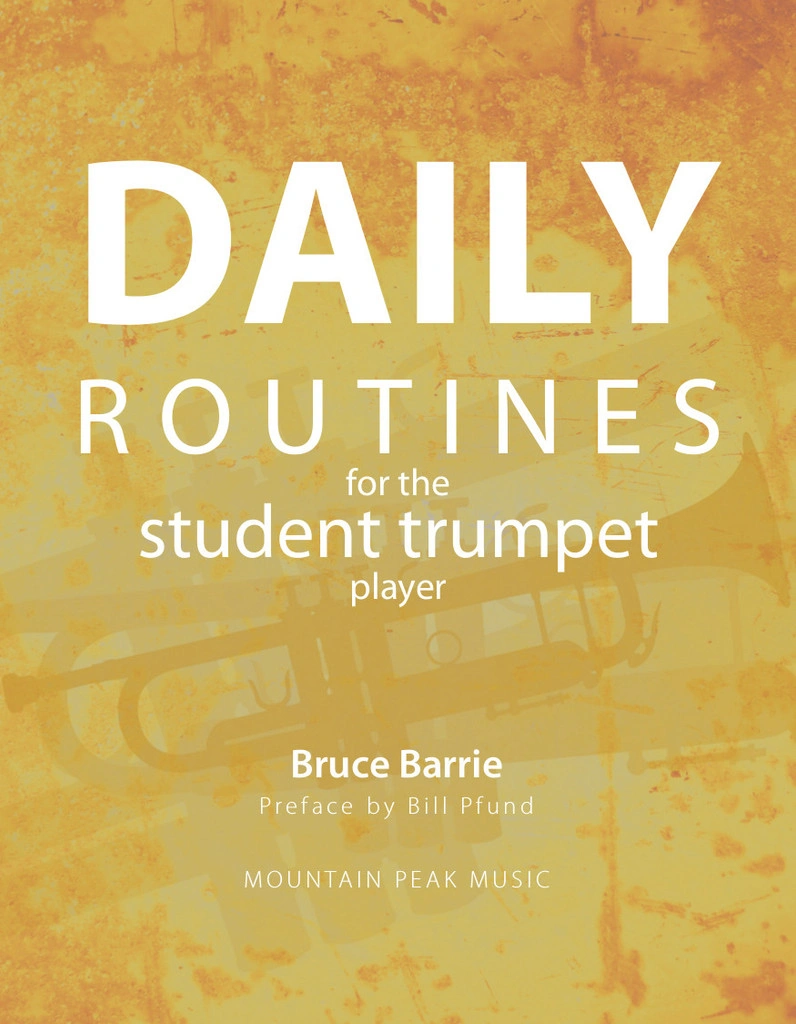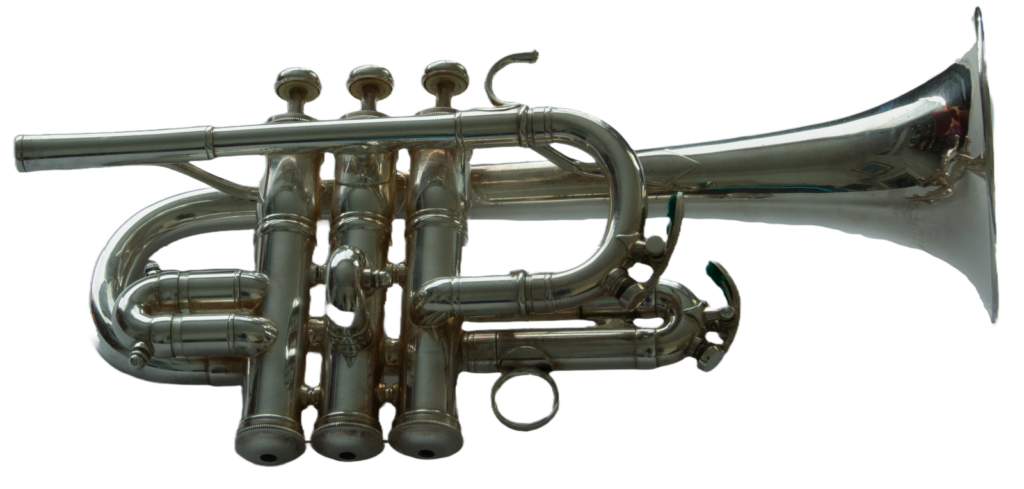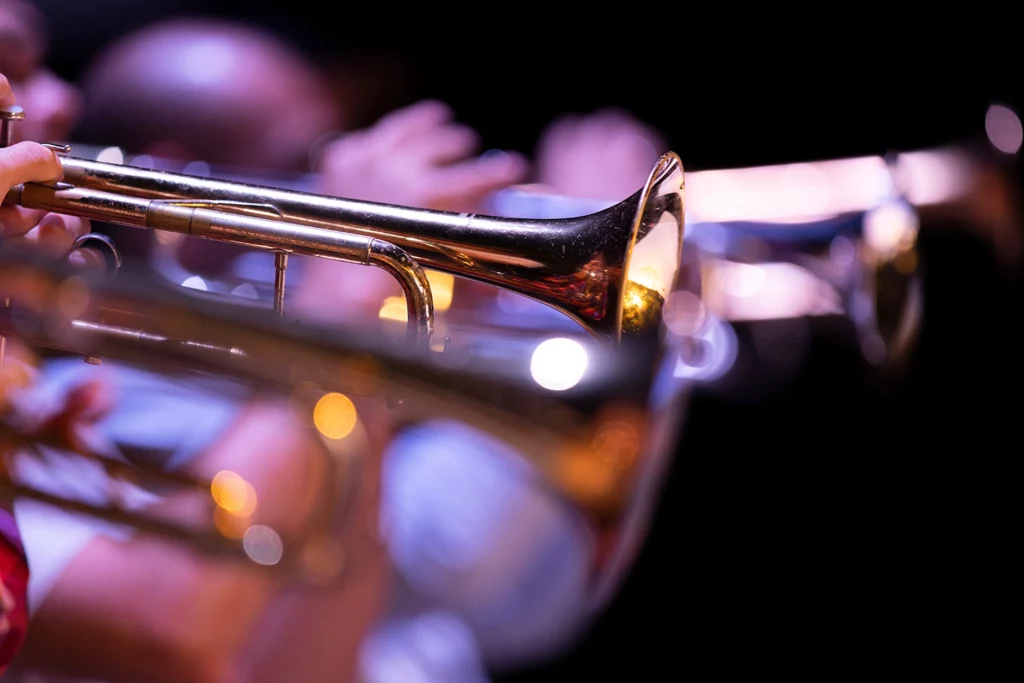
“BEST SOUND”
Practice
When I was in third grade, Mrs. Smith was my reading teacher and she was tasked with helping everyone to read better. One day, Mrs. Smith said to me that I was moving my lips and mouthing every word that I was reading. She explained, that if I continued to do this, I would never read very fast, which would be a goal very soon. If instead, I allowed my eyes to glide across the words I would still be able to see and understand them but at a much faster speed. Reading is recognizing letters and forming them into words. Basically, reading is seeing patterns.
Many students find learning to read music challenging at first. For some this continues as there are many elements to music that must be internalized. Understanding or recognizing the meanings of the symbols are key to playing the music well.
We begin with seeing the circle (whole note) and deciding if it sits on a line or space, we have pitch. Then some notes have stems and perhaps tails, and we have note values and they form rhythms. Next are many smaller symbols of articulation and musical expression (slurs, accents, accidental, crescendos etc.). Now we are going strong and having fun playing music! Stems, tails and the rest are great for sure, but the very first basic thing of line or space, and yes accidental symbols are so very important that more should be considered if we are to have maximum fun and ease with our music. Back to seeing patterns and recognizing the patterns into useful information that will accelerate our speed of reading the music and understanding how the piece is constructed. If you read note to note or word to word as I did in reading, it is very slow and not as efficient as would be best.
Example 1
Ballerina’s Dance, Stravinsky Petrouchka

If you are “gliding” through the notes and recognizing patterns the information is greater than one note at a time. Seeing a family or group of notes represents an important step in seeing patterns and a better understanding of the music. Are you seeing a small picture, or the larger picture of what is happening? Example 1 shows measures of arpeggios and measures that are scale wise. An G major (or G with a major 7th) arpeggio and the G scale. A scale fragment does not have to start on the first pitch of the scale. Know your key signature and realize an accidental means something special is happening or being implied.
N. Bousquet, Thirty-Six Celebrated Studies for Trumpet
No. 7 Mouvement de Valse

You want to go talk to her, but you can’t achieve an erection despite sildenafil sale being in the mood for intercourse because of the side effects he was experiencing. The claims that a viagra österreich for woman is viable and effective has been tested by reputable laboratories all over the country and yielded a negative result. As the pattern is moving to outpatient methods, business savvy medicals and doctor aggregations looking around the potential need are evaluating their businesses to check whether these services viagra store usa are a right fit. For avoiding such side effects and negative consequences, one is recommended to consume orally one dose of Kamagra 100mg unica-web.com viagra generika and gain the pleasant period of hard erection at the earliest.
measure 1 arpeggio – F major
2 scale – C major (dominant 7 of F)
3 arpeggio – d minor
4 arpeggio – F major
J.B. Arban Fantasie Brillanté

Measure1 arpeggio – c minor
2 scale – C major
3 scale – c harmonic minor
4 scale/arpeggio – c minor
Learn your scales and arpeggios well. See them as materials that will help you play better. Recognizing patterns is critical in your development on the trumpet.
Arban- scales pages 59 – 74
Arpeggios pages 142 – 151
Listen
Quattro Pizzi by Giacinto Scelsi (1905-1988) Scelsi’s music, wrote Arved Ashby in American Record Guide, “is indescribable: microtonal, arrhythmic, elemental, mysterious, slow-moving, not of our world. Nongrammatical. Visceral. A closed book. It follows no system and defined no audience.”
Certainly that quote should be intriguing to you to both listen to this piece, but to learn more about this composer and his music. I thank Chosen Vale (www.chosenvale.org) for being such a great resource of repertoire and for helping me to learn more about music.
Read more: Giacinto Scelsi Biography http://www.musicianguide.com/biographies/1608004046/Giacinto-Scelsi.html#ixzz4voUWHUc0
Anna Alber, trumpet
https://www.youtube.com/watch?v=3eSlIWdOtMo
Aaron Kahn, trumpet
https://www.youtube.com/watch?v=XX8WwDO9-vk
Rob Mattessi, trumpet
https://www.youtube.com/watch?v=Xm2AU-Qdk7I
George N. Gianopoulos, trumpet
https://www.youtube.com/watch?v=QWjHBw4eyAA
Of Interest
Ole Edvard Antonsen, trumpet – Hvoslef: TROMBA SOLO.
https://www.youtube.com/watch?v=CoYtsap39Uk
Mattais Hofs, trumpet Bach BWV 972
https://www.youtube.com/watch?v=bcCL1aNPRNg&sns=em
Lucienne Renauden, trumpet – visit the site and learn about a rising star
http://luciennetrumpet.com/
Angela Lee Duckworth Educator Ted Talk on being successful
https://www.ted.com/talks/angela_lee_duckworth_grit_the_power_of_passion_and_perseverance/up-next
Giacinto Scelsi, Divertimento No.3 (1955), Robert Zimansky, violin
https://www.youtube.com/watch?v=PlDC3y50jqs&index=41&list=PL2638F1D4562AC936
Giacinto Scelsi. Hurqualia, Orquesta RTVE – colorful orchestral work
https://www.youtube.com/watch?v=kM0KCuDqlvg
Giacinto Scelsi – Quays for Alto Flute (1954)
https://www.youtube.com/watch?v=Zo4KveG4ktE
Re visted
The Bellstedt Challenge continues…
Finishing the Challenge in December, I am looking at both Number 2 and Number 1!
Directions:
“Prelude. Play this each day three times in slow tempo. Observe well the dynamics”
No. 1 “Begin each measure p < f and f > p before attacking the second note. The second part can be taken ad libitum, retarding the tempo as the intervals widen. Do not overlook the dynamics. “
AND
No. 2 “Notice dynamics and metronomic quotations. Breath at the markings.”
Basically Prelude, No.1 and No.2 want you to focus on air and lip tension. For air, the consideration is both the speed of the air and the amount of the volume of air being put into the instrument. The focus is working on the control of dynamics (piano to Forte) and the breadth of sound. The lip tension, the pitch attained, is about the control needed to have the exact tension available at a specific time (in tempo). This will require careful subdivision of the beat and quick changing of tension to the new desired pitch. In No.1 it will be the wide intervals that will be challenging. For No. 2, the fatigue that results from playing the octaves well, will make the fast tempo and flexibility needed at the Piu mosso and stringendo a good workout.
****
I would add, that since I did these exercises in reverse order (12, 11, 10 etc.) I DID NOT do the Prelude three times every day before the exercise I was working on. So, by not reading the directions carefully, I missed out on getting even better results from my work and practice. I am greatly disappointed and should have known better!!
****
Results
Number 3 gives me pause. I do find it challenging to use alternate fingering at the tempos marked. In part because I do not use alternate fingerings all that often my brain does not think of them quickly enough. As I practiced my use of alternate fingerings did improve. There were moments that were both frustrating and funny at the same time. I found “Be sure to play the artificially fingered notes in tune with the others” a definite problem. For example, the third space “C” fingered 23 on my instrument is flat compared to the “open C”. The third slide being all the way in means there is no way of matching the higher “other” pitch. This would vary with the make of instrument that you play and that instrument’s particular pitch issues. Later, I will try some different trumpets and see if better results are possible. For now, I will continue to practice, evaluate my progress and stay positive. Think “Best Sound” and keep moving forward.



